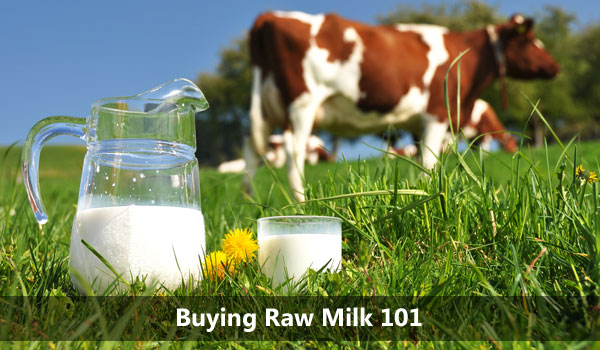After finding out that the FDA is considering the request of the dairy industry to allow aspartame (you know, E.coli poop) in milk without having to put indicators on the label, I began to look into raw milk as an alternative. Admittedly, it’s not been as easy a thing to transition to as I thought it would be. Two generations after pasteurization started it’s war on raw milk, my mind, and that of my husband’s, has been fully trained to think of raw milk as dangerous, “It can make you sick!” Raw milk has made people sick. However, when you examine what conditions surrounded the cows of historic raw milk epidemics, you begin to understand that we haven’t been given the whole story. It’s been an exercise of mind over matter as we’ve traveled down the road to raw milk. If you are struggling, as we did, with overcoming the fear of raw milk, I’d like to share some buying hints for peace of mind:
Know where your raw milk has come from:
- Pastured cows provide milk that doesn’t need to be pasteurized: The diet of the cow is one of the two most important factors for the health and quality of your milk. Make sure that the raw milk is coming from cows that have been allowed to eat grass and hay (preferably organically grown) with a minimal amount of grain feed and no animal bi-products.
- Unnatural cows will yield unnatural milk: Make sure the cows are not given any sort of artificial growth hormones, steroids, or antibiotics. Those will all affect the quality of the cows milk.
- The second most important factor: Cows are dirty animals by nature. Make sure that the farm provides plenty of room to roam, so that the cows are not caged up and wallowing in their own feces. Even then, the cows utters should be cleaned before milking.
- Check with your state to see if there is a certification process for raw milk. If there is, chances are the above conditions, and regulations for clean, safe milk collection, will need to be met in order for the raw milk to be certified for sale. Most raw milk certifications hold the farms to a much higher standard then the dairy farms where the milk will be pasteurized. When in doubt, go with certified raw milk. A good place to start is with your local chapter of the Weston A. Price Foundation and their “Real Milk Finder“. They are advocates of raw milk.
Before you make the switch to raw milk:
- You may want to consider having your family eat probiotic rich yogurt or drink kefir smoothies for about a week leading up to the switch. Making this dietary switch may be easier on your digestion system if you have primed it with probiotics.
- If you have an infant or someone with a weakened immune system, talk with a raw milk friendly health care provider before making the switch.
Hints for buying and storing raw milk:
- When you have a distance to go, or if it’s a hot day, bring a cooler with an ice pack to store the milk in, until you get home. It’s essential that it stay cool.
- Store the milk in the refrigerator compartment, not in the door. It’ll keep longer. It generally lasts 7-10 days after being collected from the cow.
Knowing these things helped me to be more comfortable with the idea of raw milk, and it’s a good thing, because raw milk is an amazingly healthy choice! A healthy cow, kept by a farmer committed to excellence, will produce safe raw milk which is so much healthier then anything you can find in your local grocery store.
Disclaimer: Raw milk laws vary by state. Before purchasing or consuming raw milk, check your local and state laws.

